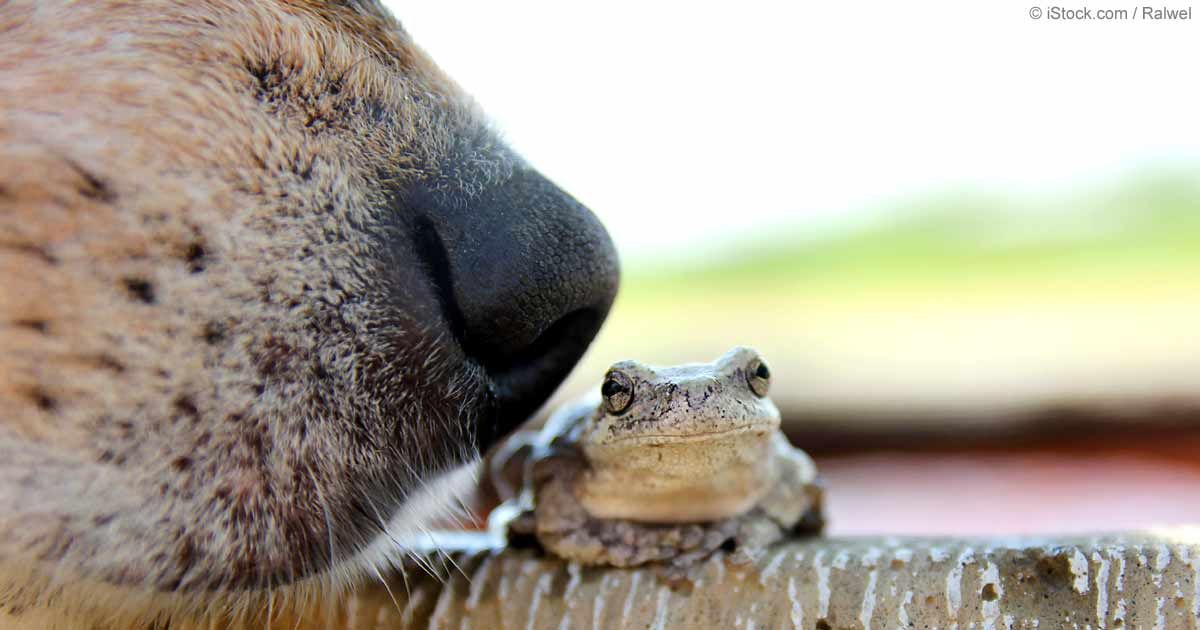Season one of the pulpy masterpiece "True Detective" was confounding, but in every way mesmerizing. Season two, by contrast, is confusing, sprawling, and terrified to laugh at itself.
What anchored the show in its first outing was the relationship between its two leads, Matthew McConaughey’s Rust Cohle and Woody Harrelson’s Marty Hart -- classically mismatched partners forced to work through their differences in order to serve a need greater than them. Rust’s cryptic, vaguely sociopathic observations provoked ire and discomfort from Marty, which was at times illuminating on the two characters’ relationship with their worlds and lighthearted enough to lift the grit and grime from the story long enough for the audience to breathe.
The principal characters this year offer a dearth of that kind of humor. The chemistry between Rachel McAdams’s Ani Bezzerides and Colin Farrell’s Ray Velcoro has glimpses of warmth, but there’s little to no trust between them, resulting in two characters constantly on their guard against one another. Whereas Rust and Hart were able to work through each other’s faults with a mutual understanding that each was invested in solving the case at hand as best as he could, there’s no such utilitarianism between Ani and Ray, which is understandable, given that Ray seems to be doing everything he can at this point to keep his corrupt overseers happy. Taylor Kitsch’s Paul Woodrugh doesn’t seem to have any point in this story at all, bouncing in and out of the narrative to air out yet another piece of dirty laundry (war crimes, repressed homosexuality, misogynistic worldview, a creepy Oedipal complex with his mother -- it really never ends with this guy), and Vince Vaughn’s Frank Semyon’s monologues chew through scenes minute by agonizing minute, only occasionally surfacing from the depths of his own inane logic to make any sense whatsoever. All of this isn’t to say that the characters aren’t in their own ways compelling, but that they only seem to be tangentially related to one another, never becoming as an ensemble more than the sum of their parts.
At the halfway point to this season, the mystery doesn’t seem to be circling back in on itself. On this count, however, the show is still salvageable. It’s easy to forget that the central conceit of the show, the season-long focus on one case, wasn’t exactly handled with the mastery and grace that might be expected in a detective story. Red herrings placed throughout the first season became exactly that, and the biggest mystery of all was (spoiler): who was the Yellow King? The easy answer was revealed in the penultimate episode, but (and in the interest of avoiding spoilers) this answer doesn’t make a whole lot of sense. In season two, the four interweaving characters are approaching some sort of conclusion, maybe, but they’re doing it on their own time, without a whole lot of momentum pushing it forward.
Imitation is not a form of mastery. What worked in season one has been amplified in season two without much regard to whether or not it makes narrative sense in a newer context. The dourness of the mood is crushing: the city of Vinci and its surrounding areas evokes an industrial wasteland out in the once-upon-a-time promised land of California, which is interesting and compelling as an idea, but is never counterbalanced by the kind of cultural idiosyncrasies that season one’s Louisiana’s bayou swamplands oozed.
Season two contains the pulpy heart of its previous going, but the tone of the series doesn’t seem to recognize that it’s not as smart as it thinks it is. Rust Cohle got away with spouting Nietzsche and Kierkegaard because McConaughey was just the right mixture of detached and self-aware. The closest there is in the newest season of the show is Ray Velcoro, who Farrell plays with a neutered ferocity.
Despite all of these complaints, the show remains in its own ways compelling. Masked men stalk the perimeters of the show, poking in long enough to distort the edges of what’s understood about what’s going on; hints of cults and hedonism run amok blend in well with the southern California setting; and the central mystery involves just enough moving parts to keep every episode fresh with new ideas and locales. At the halfway point to its second season, there’s enough promise that things are going to get weird and fast, the way the show was meant to be.




















 sunrise
StableDiffusion
sunrise
StableDiffusion
 bonfire friends
StableDiffusion
bonfire friends
StableDiffusion
 sadness
StableDiffusion
sadness
StableDiffusion

 purple skies
StableDiffusion
purple skies
StableDiffusion

 true love
StableDiffusion
true love
StableDiffusion
 My Cheerleader
StableDiffusion
My Cheerleader
StableDiffusion
 womans transformation to happiness and love
StableDiffusion
womans transformation to happiness and love
StableDiffusion
 future life together of adventures
StableDiffusion
future life together of adventures
StableDiffusion





















